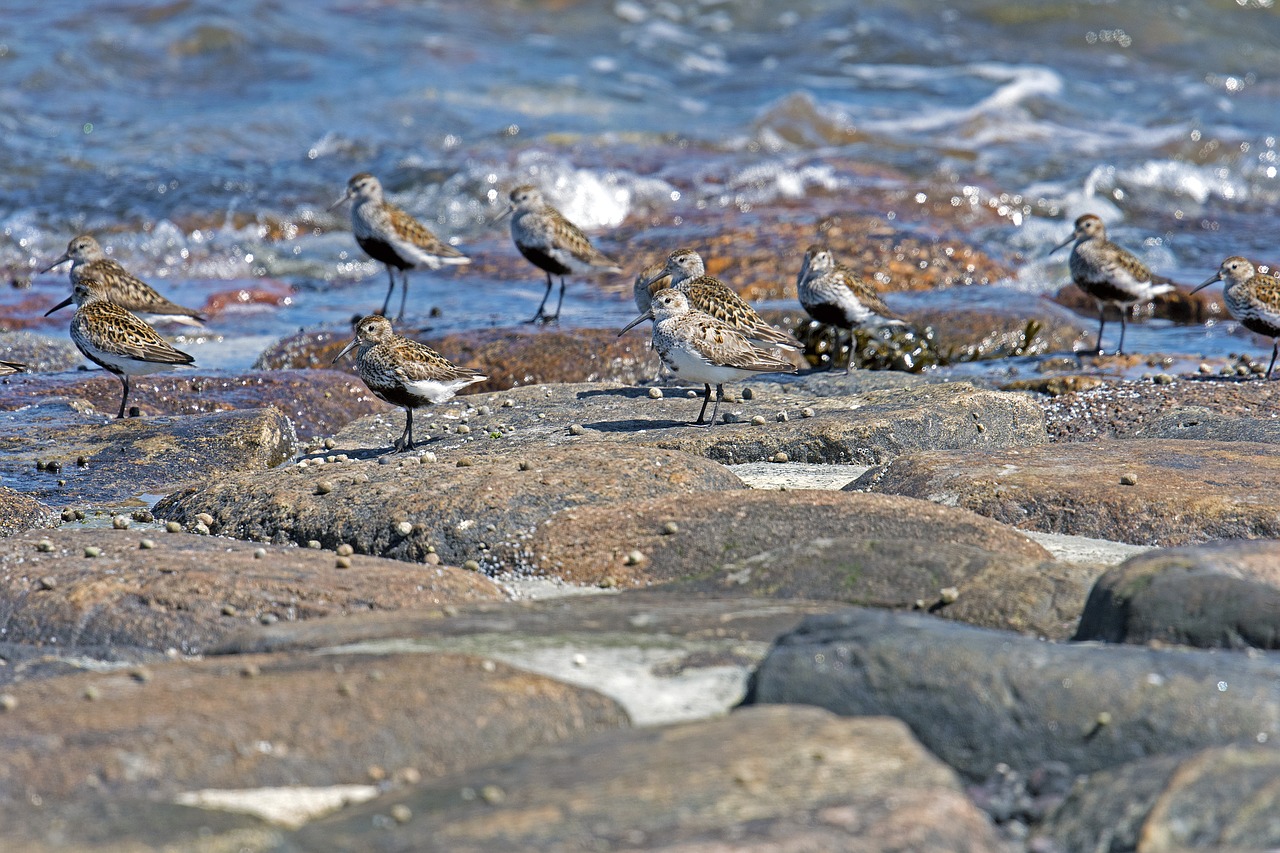Length of stay and volume of autumn staging Dunlins Calidris alpina at the Tipperne reserve, Denmark
DOI:
https://doi.org/10.34080/os.v8.22954Keywords:
staging sites, stopover sites, migration, population studies, habitat selectionAbstract
Resightings of dyed, staging Dunlins showed that the mean length of stay was 23.4 days. Applying this figure on data from the running bird counts I estimated that 33,928 Dunlins used the area during autumn 1996. Hence Tipperne qualify as a site of international importance with 1% of the flyway population using the area. The maximum number of Dunlins observed in a single autumn count in 1996 was 12,172 individuals. This substantial discrepancy suggests that maximum number is an inadequate measure of volume and with that of site quality. Analysis of a ten years period showed that maximum numbers do not correlate with bird-days, which further underline maximum number as a controversial measure of site quality. Length of stay at six different staging areas in Northern Europe declined with increasing distance to the Wadden Sea; once arrived in its vicinity the migratory urge is reduced and the length of stay is considerably increased. This increasing length of stay will result in an undervaluation of site quality of the eastern staging areas if the criterion is based on maximum numbers from simple head counts.
Downloads

Downloads
Published
How to Cite
Issue
Section
License
The copyright of each contribution belongs to the author(s), but all contributions are published under a Creative Commons license, so that anyone is free to share and reuse the contribution as long as the copyright holder is attributed.







